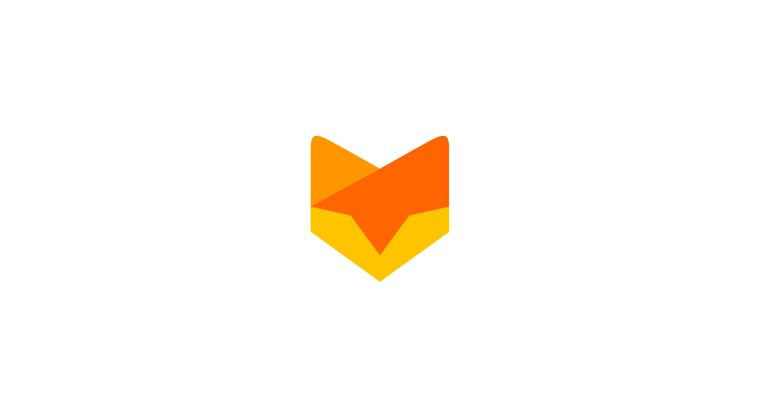Customer Relationship Management (CRM) is an umbrella term that covers all business functions that play a critical role in retaining a customer. Customer Support is one among those functions which relatively pulls more weight than the others. Taking into account the significance of customer support, it’s imperative that you choose the right tool to get the job done.
A general purpose CRM app isn’t the silver bullet for all your customer support needs. In fact, it hardly matches up to the featureset and simplicity of a dedicated helpdesk app. The decision to choose a CRM app over a helpdesk solution is purely a business decision. To help you make an informed decision, we have five reasons for you take into consideration before opening up your wallet.
No Frills

Microsoft Dynamics CRM
CRM apps are all about bells and whistles. It’s true that they have made things simpler by splitting the app into various modules, still there is feature creep traversing the core. Oft used features and sparingly used ones by power users are always mixed together. The architecture of a CRM app is more inclined towards features and stability, rather than simplicity and usability.

Siebel CRM
Take a quick look at the screenshots of Oracle’s Siebel and Microsoft’s Dynamics CRM. Customer support is relegated to just another tab or section in a sea of other functions. Now, go check out the HappyFox product tour page and you will see the difference!
Flat Learning Curve
CRM apps might have found their way into the cloud, but they still aren’t simple enough for people to get started quickly. All modules are interconnected and it’s usually not possible to skip learning how one works without learning the other ones. To offer better customer support, you hardly need to know about the modules that promise to enhance your sales pipeline.
From workflows to reports, every aspect of a CRM app is complex and are built with enterprises and power users in mind. The bottomline is that they aren’t simple. Unless your support team is engaged in cross selling and upselling stuff all the time, there is no point putting them through an arduous learning process.
Affordability
Be it an on premise installation or a pay as you go monthly subscription, CRM solutions will end up burning a hole in your pocket. Even with a per user license, you end up paying for all the stuff you aren’t going to use anytime soon. Instead of offering a bouquet of subscription plans that help you scale as your business grows, there usually will be a rigid licensing plan in place. If you are lucky, I mean really lucky, you might get a discount on AMC!
Rapid Release Cycles
Iterative development and releasing updates at regular intervals don’t gel well with not only CRM, but the enterprise apps in general. They go by the “if it ain’t broken, don’t fix it” philosophy that emphasizes on stability and long term releases. Updates are mostly minor and they focus largely on fixing bugs. New features are usually rolled up into major release cycles that get released many months apart.
Third Party Integrations
CRM vendors usually don’t offer integrations of popular third party apps by leveraging their API. At best, you might find Facebook and Twitter integration. There is a fat chance they will slice and dice their code to make the CRM app to integrate with Freshbooks or Basecamp. That’s not the case with Web 2.0 helpdesk apps.
So, if you are planning to go with a CRM solution expecting them to make their app talk to popular third party apps, don’t hold your breath!








